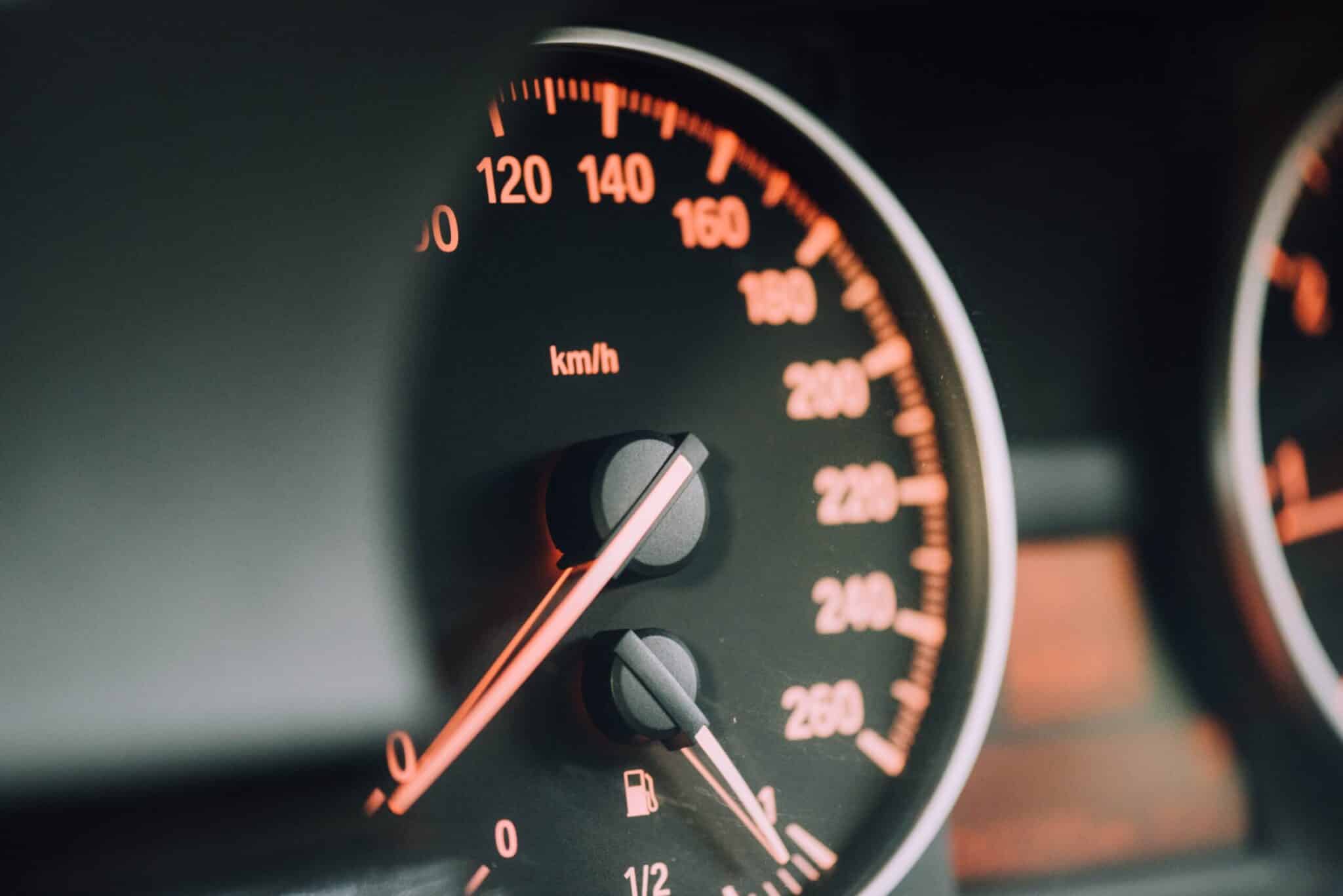Why Baltimore Accident Lawyers Say A T-Bone Is The Most Significant Car Accident?

Despite what the insurance company says, any Baltimore car accident has the potential to cause harm. A “T-Bone” accident is a potentially devastating accident. The severity of any accident depends on factors such as the speed of the vehicles, the point of impact, the safety features of the vehicles involved, and the use of seat belts and other safety equipment. Point of impact is particularly important in a T-bone collision, as the vulnerable parts of the car are exposed. An experienced Baltimore personal injury has no doubt seen the type of accident can also play a significant role in determining the severity of the consequences.
T-Bone (“Side-Impact”) Collisions are also known as “broadside” collisions, these occur when one vehicle strikes another directly from the side. The side of a car offers less protection compared to the front or back, making occupants more vulnerable to injury. A T-bone collision typically occurs when the front of one vehicle crashes into the side of another vehicle at a right angle, forming a “T” shape. In these types of accidents, the impact is focused on the side of the struck vehicle, which can be particularly dangerous for the occupants of that vehicle. T-bone collisions often happen at intersections or in situations where one vehicle fails to yield or obey traffic signals.
Here’s a breakdown of the key unique identifying characteristics of a T-bone collision:
Point of Impact: The point of impact in a T-bone collision is the side of one vehicle hitting the front or side of another vehicle at a perpendicular angle, resembling the shape of a “T.”
Vulnerable Side: Passengers sit closer to the side than the front or back. The side of a vehicle provides less protection compared to the front and rear, as there are fewer safety structures to absorb and distribute the impact force.
Occupant Vulnerability: The occupants on the side of the vehicle that is struck are particularly vulnerable to injury. There is a higher likelihood of direct impact to the door and the area where passengers are seated.
Side Intrusion: Depending on the force of the collision, the striking vehicle’s front end can intrude into the struck vehicle’s passenger compartment, increasing the risk of serious injuries to occupants.
Safety Measures: Modern vehicles often have side-impact airbags, reinforced side panels, and other safety features designed to mitigate the effects of side-impact collisions. However, these collisions can still result in significant injuries.
Causes: T-bone collisions can occur due to various factors, such as running red lights or stop signs, failing to yield the right-of-way, making improper turns, or misjudging the timing at intersections.
Severity: The T-Bone MVA strikes fear in the hearts of many. The severity of a T-bone collision depends on the speed of the vehicles, the size and weight of the vehicles involved, the location of impact, and the use of safety equipment by the occupants.
Case Study: John is involved in an automobile accident at a busy Baltimore intersection. John is on a street that is not controlled by a stop sign. The intersecting street is controlled by stop signs in both directions where it crosses John’s street. Although there is a great deal of dispute as to factually how the accident occurred, John reports a claim to his insurance company claiming that the other driver ran the stop sign and violently collided with the side of his car. Although John does not use the words “T-bone” to describe his accident this is indeed a classic T-bone accident. One vehicle is proceeding with its broadside exposed, and another vehicle moving in a perpendicular plane smashes into that broadside. As suggested the happening of these accidents is often hotly contested by the individuals involved. For example, in this case, John has stated that the other driver “ran“ the stop sign. The defendant driver may well claim that he had:
- initially stopped
- made sure the coast was clear and, then
- proceeded through that stop sign into the intersection, when
- John “came out of nowhere“
As the reader might imagine, this is a commonly occurring scenario on Baltimore city streets. In our case, John unfortunately sustained significant injuries as are common in T-bone-type accidents occurring in Baltimore. In this lawsuit, a court will likely be called upon to determine fault in this hypothetical scenario. It is not necessary that John prove that the other driver “ran“ the stop sign. Maryland has an inflexible, often harsh rule known as the “Boulevard Rule” that would dictate the outcome in this situation. Whether the defendant “ran” the stop sign, or first stopped, then entered the intersection while being controlled by a stop sign and hit a car that was not controlled by a stop sign in the intersection, that defendant is absolutely liable for the accident. The defendant driver may argue that the Boulevard Rule should not apply in this case, as he checked before pulling into the intersection, and John was nowhere in sight, therefore, he must have been speeding and hence contributorily negligent and barred from any recovery. Arguments, such as these are frequently made, but rarely successful in the absence of compelling evidence from a third-party, indicating that John was, in fact, speeding, or otherwise disobeying a rule of the road. In the absence of such evidence, in this case study, it is likely that John would prevail on liability issues, and if the case could not be resolved between the parties, a Baltimore City judge or jury would award compensatory damages based on the nature and extent of John’s injuries, and any out-of-pocket losses or other economic losses, that he would have sustained. In this hypothetical, John has sustained injuries to his left shoulder neck and head. Although the T-bone impact was to the right of the vehicle, the forces involved caused John to violently make contact with his window and door with the left side of his body injuring the left shoulder. Those same forces, however, moved his body to the left, but his head to the right, causing injury to the muscles, ligaments and tendons in his neck. In this hypothetical, the insurance company denied John’s case, arguing that he was lying about his injuries, as he had preexisting shoulder problems. John hired an experienced Baltimore personal injury trial lawyer who had taken hundreds of personal injury cases to trial. At John’s personal injury trial, the fact finder considered this medical evidence, rejected the contention that he was lying and arrived at appropriate compensation for personal injury.
Statues commonly implicated where fault or responsibility for a Baltimore T-bone type collision include:
- § 21-401.1. “T” intersection without traffic control device.
- § 21-402. Vehicle turning left or making U-turn.
- § 21-403. Vehicle entering stop or yield intersection or through highway.
- § 21-404. Vehicle entering highway from other than a highway; vehicle entering paved highway from unpaved highway.
- § 21-404.1. Vehicle entering highway from crossover.
It should go without saying, but, due to the potential for serious injuries and fatalities, preventing T-bone collisions is essential. Drivers should always obey traffic signals, yield the right-of-way when necessary, and approach intersections cautiously. Pedestrians and cyclists should also exercise caution at intersections to avoid getting involved in T-bone collisions.



